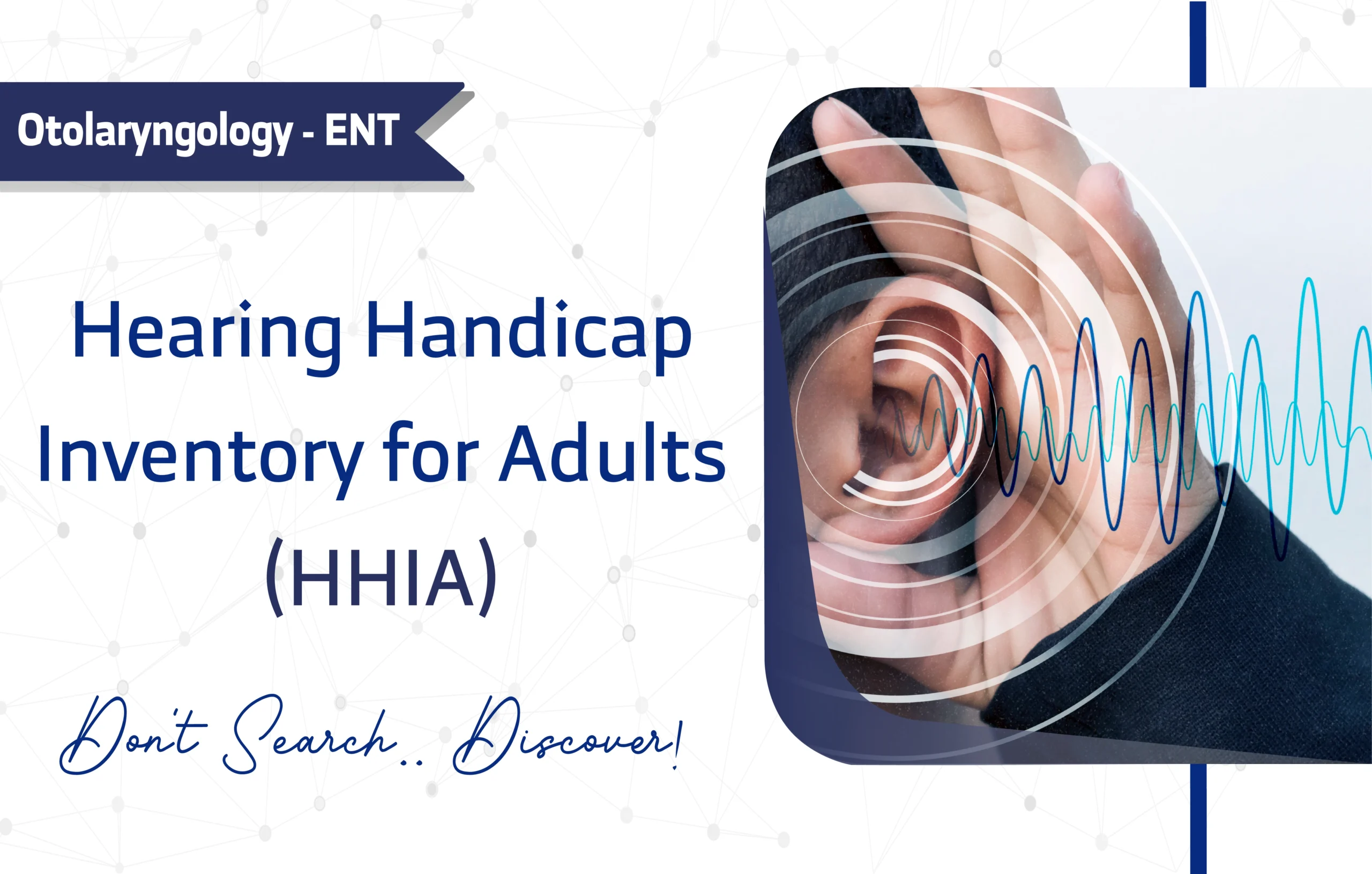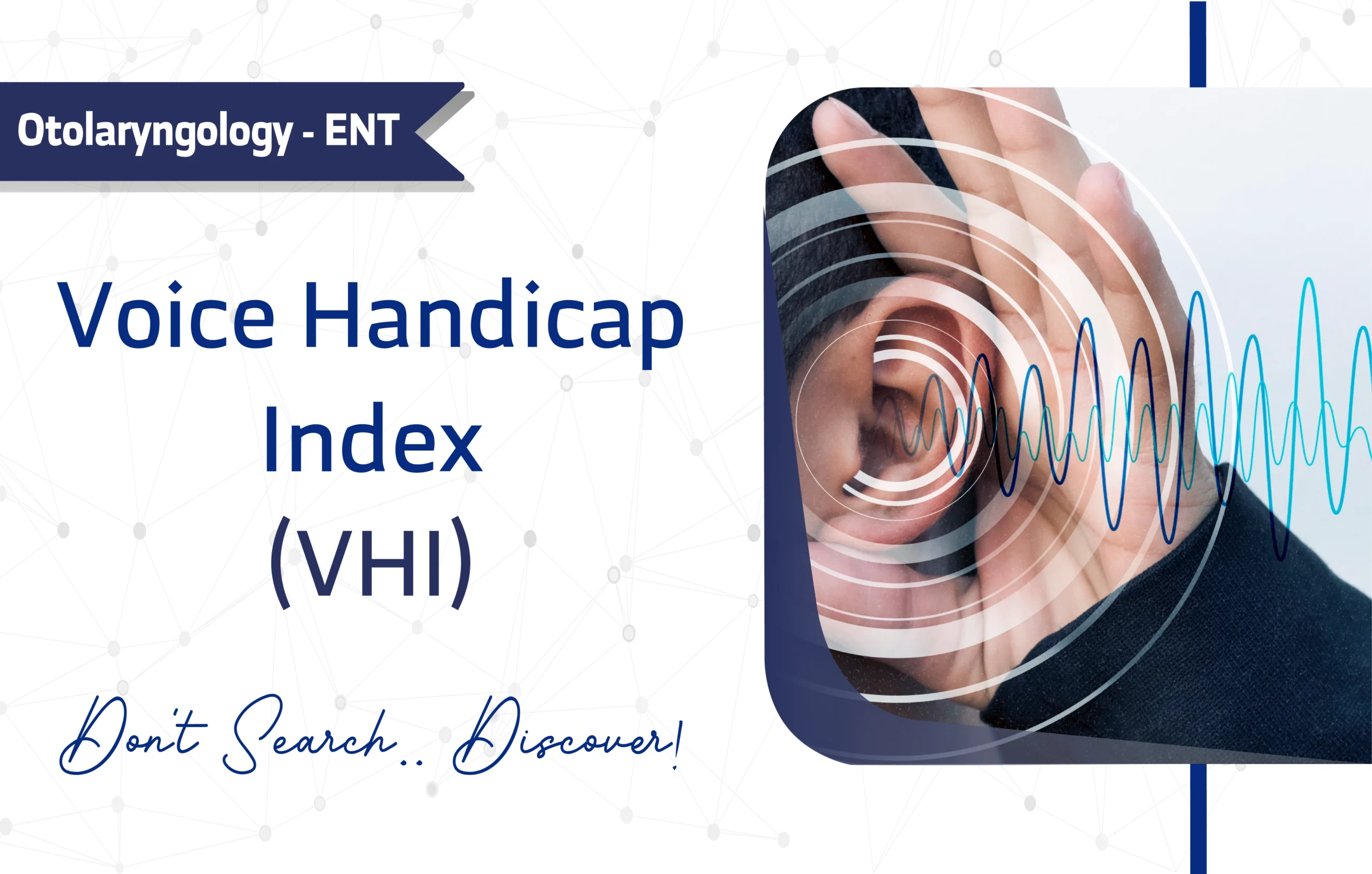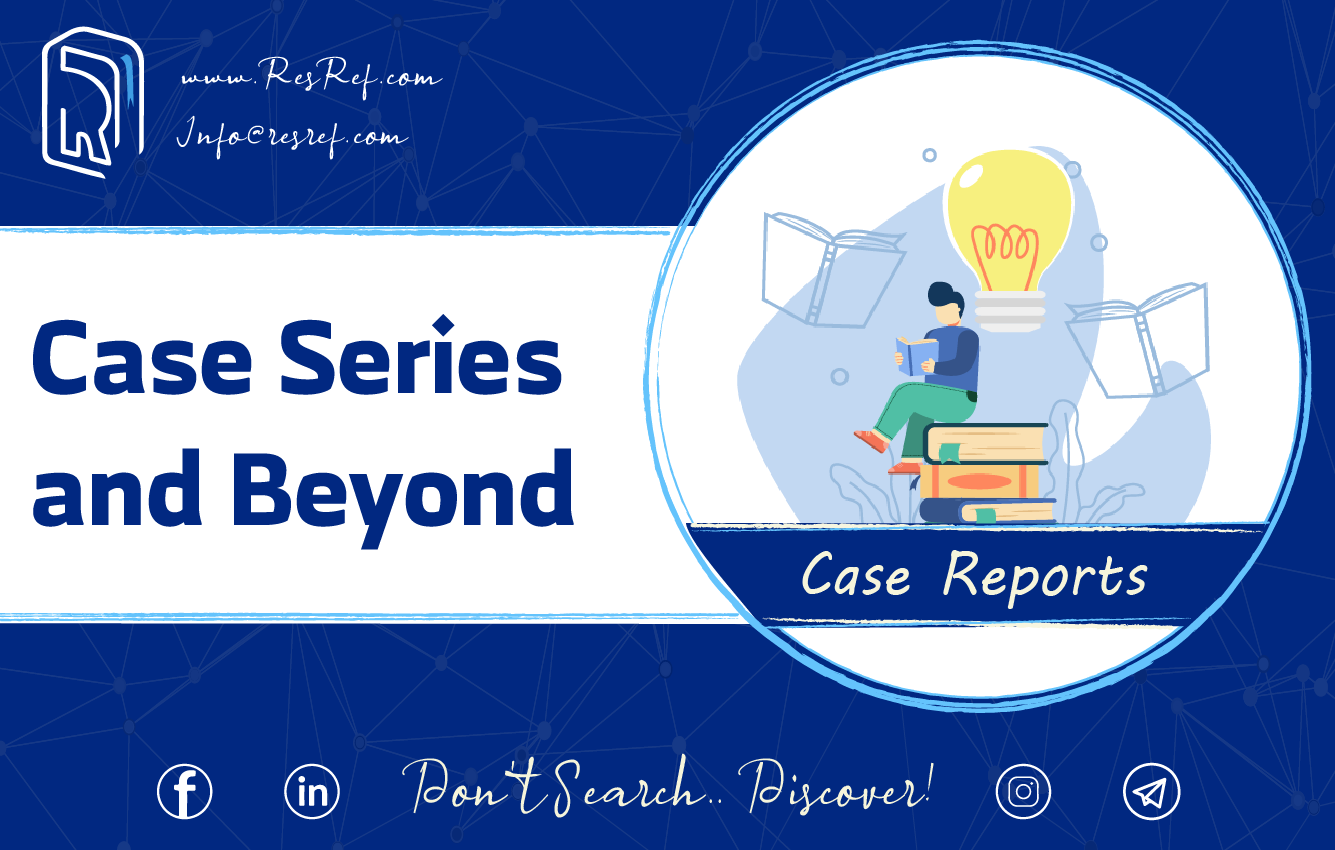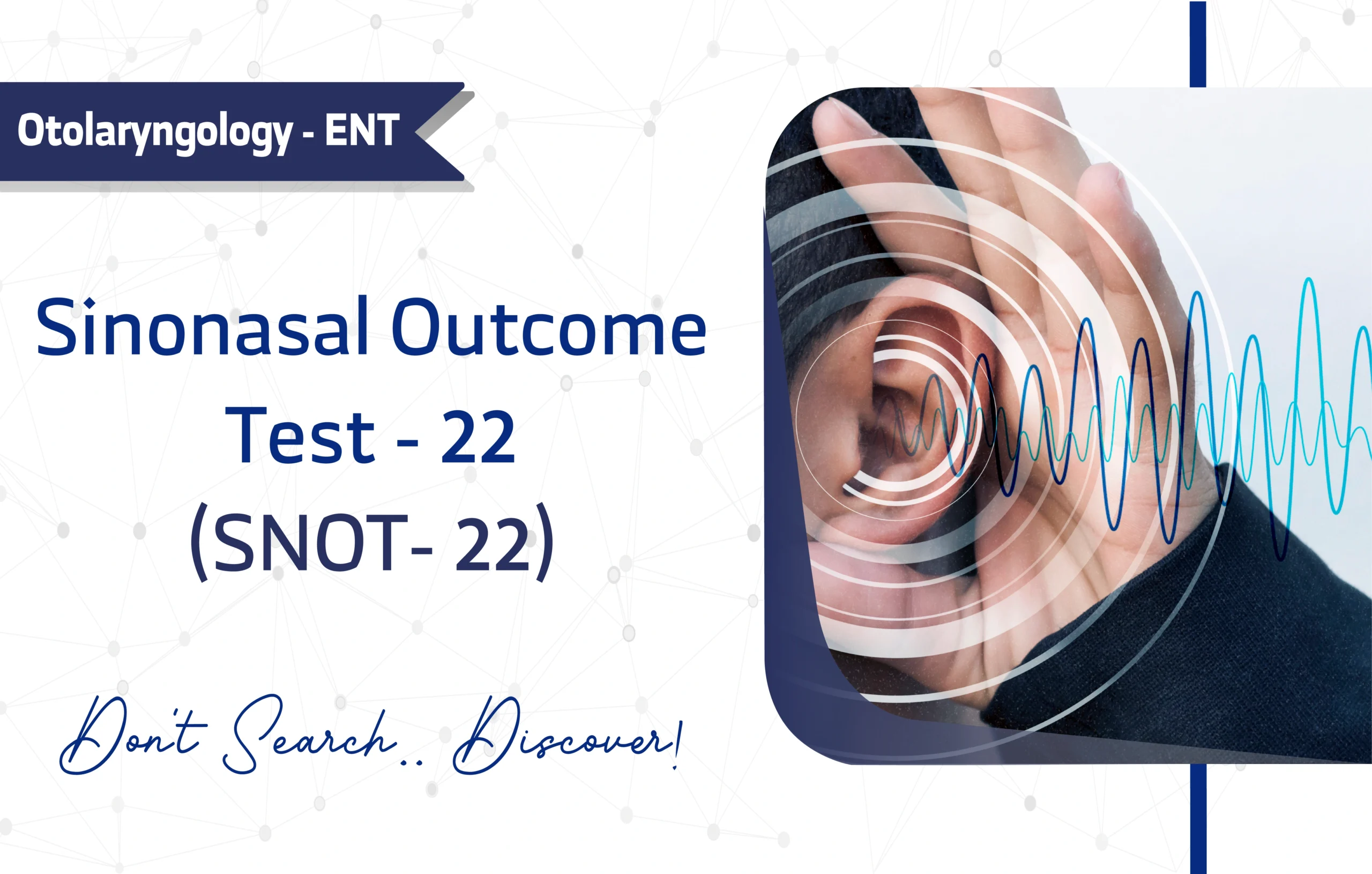Introduction
Stroke profoundly impacts survivors’ physical and psychosocial well-being, necessitating targeted tools to assess health-related quality of life (HRQOL). Consequently, the Stroke-Specific Quality of Life Scale-12 (SS-QOL-12), a concise 12-item questionnaire developed by Marcel Wm Postin et al in 2011, addresses this need by evaluating stroke-specific limitations. With over 100 citations on Google Scholar, this validated instrument, derived from the original 49-item SS-QOL, offers a streamlined approach for clinicians and researchers in stroke rehabilitation.
This article provides a comprehensive guide to the SS-QOL-12, detailing its structure, applications, and clinical utility for improving patient outcomes.
Key Featuseres of the Stroke-Specific Quality of Life Scale-12 (SS-QOL-12)
Purpose and Use
The SS-QOL-12 aims to measure the unique impact of stroke on survivors’ quality of life, focusing on health-related challenges that generic tools, such as the SF-12, may overlook. Specifically, it captures the physical and psychosocial consequences of stroke, enabling clinicians to identify specific areas for intervention and researchers to study stroke outcomes effectively. By focusing on stroke-specific issues, it ensures relevance and precision in assessing HRQOL, making it an essential tool in rehabilitation settings.
Target Population
The SS-QOL-12 suits adults aged 18 and older, including:
- Young adults (18–24)
- Middle-aged adults (25–44)
- Older adults (45–64)
- Seniors (65+)
- Stroke survivors, regardless of stroke type (ischemic or hemorrhagic)
However, it lacks validation for severe stroke cases or patients with significant aphasia, limiting its applicability in these groups.
Structure
The SS-QOL-12 comprises 12 items, each selected from one of the 12 domains of the original SS-QOL. These items are organized into two subscales:
- Physical Subscale (6 items): Covers
- Mobility
- Upper extremity function
- Language
- Self-care
- Work/productivity
- Vision
- Psychosocial Subscale (6 items): Addresses
- Mood
- Social roles
- Family roles
- Personality
- Thinking
- Energy
Each item uses a 5-point Likert scale, ensuring straightforward responses.
Scoring Method
The SS-QOL-12 uses a 5-point Likert scale, scoring involves:
- Item Scoring:
- The six physical items (items 1 to 6) are in a question format, and are measured on a 5-point scale ranging from “could not do it at all” to “no trouble at all,”.
- The six psychosocial items (items 7 to 12) are positively phrased, and are measured on a 5-point scale ranging from “strongly agree” to “strongly disagree
- Domain Scores: Scores for the 12 items are averaged to create domain-specific scores.
- Total Score: The average of domain scores yields the total score, with higher scores reflecting better HRQOL.
Notably, some studies have reported calculating the total score by summing the 12 item scores, resulting in a score range of 12 to 60. However, the original method is to compute the mean of the two subscale scores, yielding a total score range of 1 to 5.
No universal cut-off scores exist, but clinicians often use percentile thresholds to identify patients needing intervention. For example, a low score in the psychosocial subscale may prompt counseling.
Administration Format
The SS-QOL-12 is flexible and can be administered via:
- Paper-based forms
- Digital (online) platforms
- In-person interviews
- Phone or video calls
It takes approximately 5–10 minutes to complete, making it ideal for busy clinical settings.
Applications of Stroke-Specific Quality of Life Scale-12 (SS-QOL-12)
The SS-QOL-12 offers versatile applications for stroke rehabilitation:
- Screening: Identifies stroke survivors with significant HRQOL impairments.
- Monitoring: Tracks changes in quality of life over time or during rehabilitation.
- Treatment Planning: Guides clinicians in tailoring interventions based on subscale scores.
- Research: Supports studies on stroke outcomes and rehabilitation efficacy.
For instance, a low score in the physical subscale might prompt targeted physical therapy, while a psychosocial deficit could lead to psychological support.
Languages and availability
To ensure global accessibility, the SS-QOL-12 is available in:
- Arabic
- English
- Mandarin Chinese
- Spanish
- Thai
- Dutch
The SS-QOL-12 is in the public domain, free for use without requiring permission, which facilitates its adoption in both non-commercial and academic settings.
Reliability and Validity
The SS-QOL-12 demonstrates high reliability and validity, with validation studies confirming its psychometric properties. Its Cronbach’s alpha ranges between 0.88-0.94, indicating strong internal consistency. Furthermore, its sensitivity to stroke-specific challenges makes it a reliable tool for both clinical and research settings.
- Original validation study study link
Limitations and Considerations
Despite its strengths, the SS-QOL-12 has a few limitations:
- Self-Report: Responses may be influenced by social desirability bias or personal interpretation.
- Ceiling Effect: Nine of the 12 items show ceiling effects, potentially limiting sensitivity in high-functioning patients.
- Limited Use in Severe Cases: Not suitable for patients with severe stroke or significant aphasia.
- Age Restrictions: Not validated for individuals under 18, limiting its use in pediatric or adolescent populations.
- Limited Validation Studies: Requires further validation in diverse cultural and clinical populations to ensure broader applicability.
Other Versions And Related Questionnaires
The SS-QOL-12 complements other tools, including:
- Stroke and Aphasia Quality of Life Scale (SAQOL): Assesses HRQOL in stroke survivors with aphasia.
- Stroke Impact Scale (SIS): Evaluates broader stroke-related impairments.
- EuroQol 5-Dimension Scale (EQ-5D): Measures general HRQOL.
- NIH Stroke Scale (NIHSS): Assesses stroke severity.
Additionally, the SS-QOL-49, the original 49-item version, provides a more comprehensive assessment but is less concise.
Additional Resources
- Original validation study study link
- Access the SS-QOL-12 questionnaire as a PDF
- Further validation study:
- Thai version study link
- Arabic version study link
- Hong Kong version study link
- For inquiries, contact the first author W.M. Post at m.post@dehoogstraat.nl
- Explore additional SS-QOL-12 resources on Journal of Neurology, Neurosurgery and Psychiatry
Frequently Asked Questions (FAQ)
- Who can use the SS-QOL-12?
Clinicians, researchers, and healthcare providers use the SS-QOL-12 for stroke survivors aged 18 and older. - How long does it take to complete the SS-QOL-12?
Patients typically complete it in 5–10 minutes, suitable for busy clinical settings. - How is the SS-QOL-12 administered?
It can be administered via paper, digital, mobile app, or interview formats, offering flexibility. - Is there any cost to using the SS-QOL-12?
The SS-QOL-12 is free and in the public domain, requiring no permission for use
A word from ResRef about Stroke-Specific Quality of Life Scale-12 (SS-QOL-12)
The Stroke-Specific Quality of Life Scale-12 (SS-QOL-12) efficiently balances depth with brevity, making it ideal for clinical tracking and research. However, clinicians should supplement it with performance-based tests for severe stroke cases.
References
- Post, M. W., Boosman, H., van Zandvoort, M. M., Passier, P. E., Rinkel, G. J., & Visser-Meily, J. M. (2011). Development and validation of a short version of the Stroke Specific Quality of Life Scale. Journal of Neurology, Neurosurgery & Psychiatry, 82(3), 283–286. link
- ถ่างกระโทก ป, โพธิ์ใส ว, พิพัฒน์สมบัติ เ, ไตรนาทถวัลย ว, สุขสถาน ว. Validity and reliability of the Thai version of the stroke specific quality of life scale. J Med Health Sci [internet]. 2019 Dec. 24 [cited 2025 Jun. 20];26(3):33-4. link
- Sakr F, Dabbous M, Akel M, Salameh P, Hosseini H. Cultural adaptation and validation of the Arabic version of the short 12-item stroke-specific quality of life scale. Front Neurol. 2023 Oct 9;14:1232602. doi: 10.3389/fneur.2023.1232602. PMID: 37877033; PMCID: PMC10590920. link
- Psychometric properties of the 12-item Stroke-Specific Quality of Life Scale among stroke survivors in Hong Kong. Sci Rep 13, 1510 (2023). link









1 thought on “Stroke-Specific Quality of Life Scale-12 (SS-QOL-12): A Full Guide for Researchers and Clinicians.”
I have been surfing online more than 3 hours today, yet I never found any interesting article like yours. It is pretty worth enough for me. In my view, if all web owners and bloggers made good content as you did, the net will be much more useful than ever before.